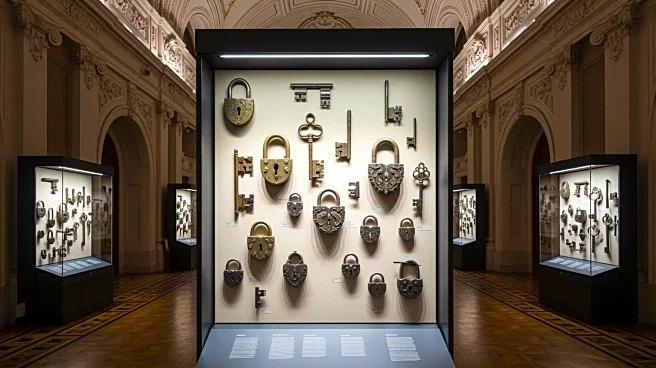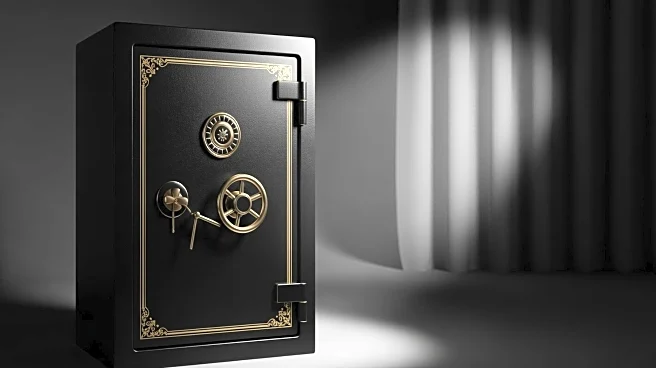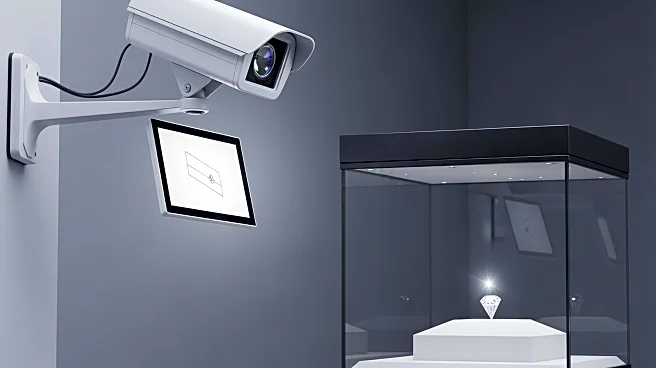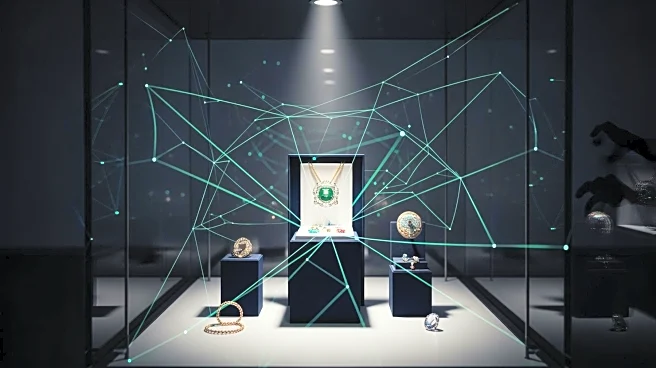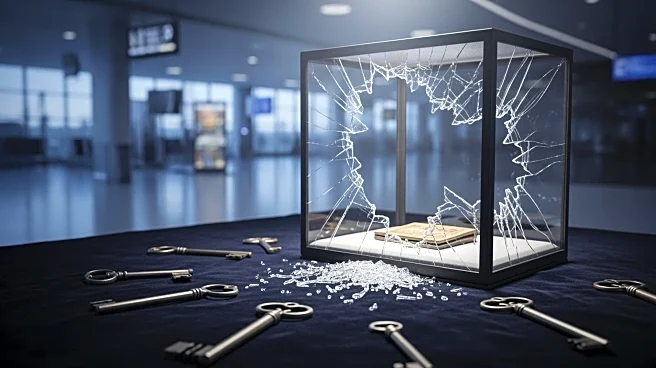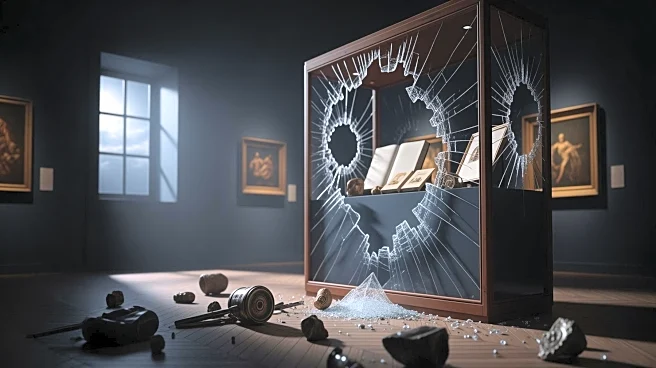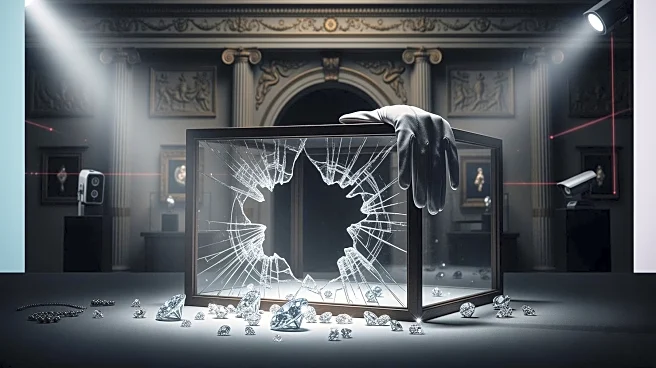What's Happening?
The Louvre Museum in Paris recently experienced a burglary where thieves used a furniture lift to access a second-floor window, stealing eight pieces of jewelry. The incident, which occurred on October 19, has highlighted the museum's ongoing struggle
to update its outdated software systems, including those controlling video surveillance. Despite the alarm systems functioning correctly and police arriving within three minutes, the burglary has prompted a comprehensive review of the museum's security measures. The Inspectorate General of Cultural Affaires has submitted initial findings, leading to recommendations for new governance rules, additional security cameras, and urgent updates to security protocols by the end of the year.
Why It's Important?
This incident underscores the critical importance of maintaining up-to-date security systems in cultural institutions. The delay in updating software, particularly for surveillance, can leave valuable assets vulnerable to theft. The Louvre's experience serves as a cautionary tale for other museums and institutions, emphasizing the need for regular software updates and robust security measures to protect cultural heritage. The potential loss of irreplaceable artifacts not only impacts the institution but also the broader cultural and historical community. This event may lead to increased scrutiny and investment in security technologies across similar institutions worldwide.
What's Next?
In response to the burglary, the Louvre is expected to implement the recommended security enhancements, including the installation of additional cameras and the revision of security protocols. The museum may also face pressure to expedite the software update process to prevent future incidents. Other cultural institutions might follow suit, conducting their own security reviews and updates. The incident could also prompt discussions among policymakers and cultural leaders about the allocation of resources for security in museums, potentially leading to increased funding and support for technological upgrades.
